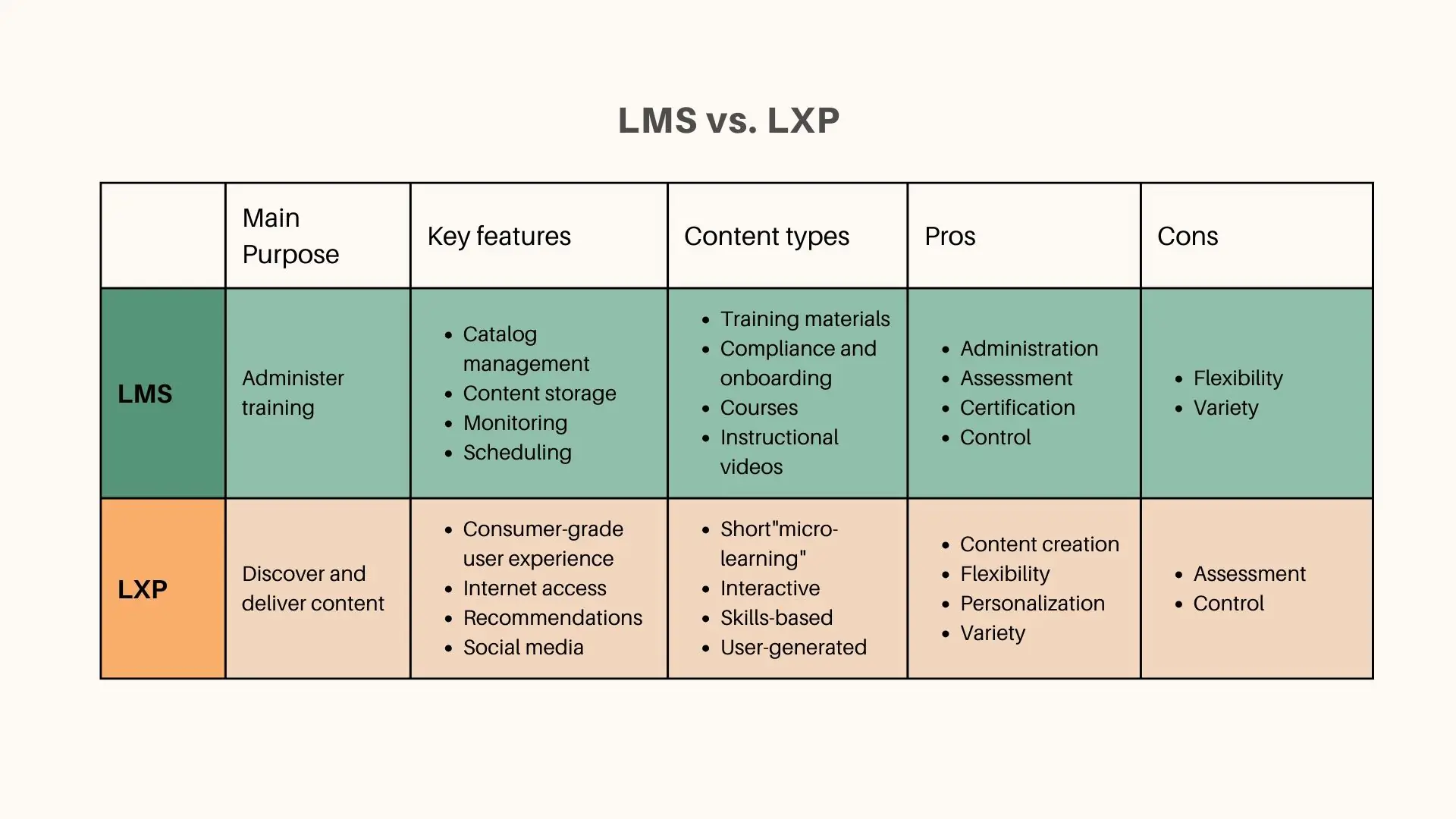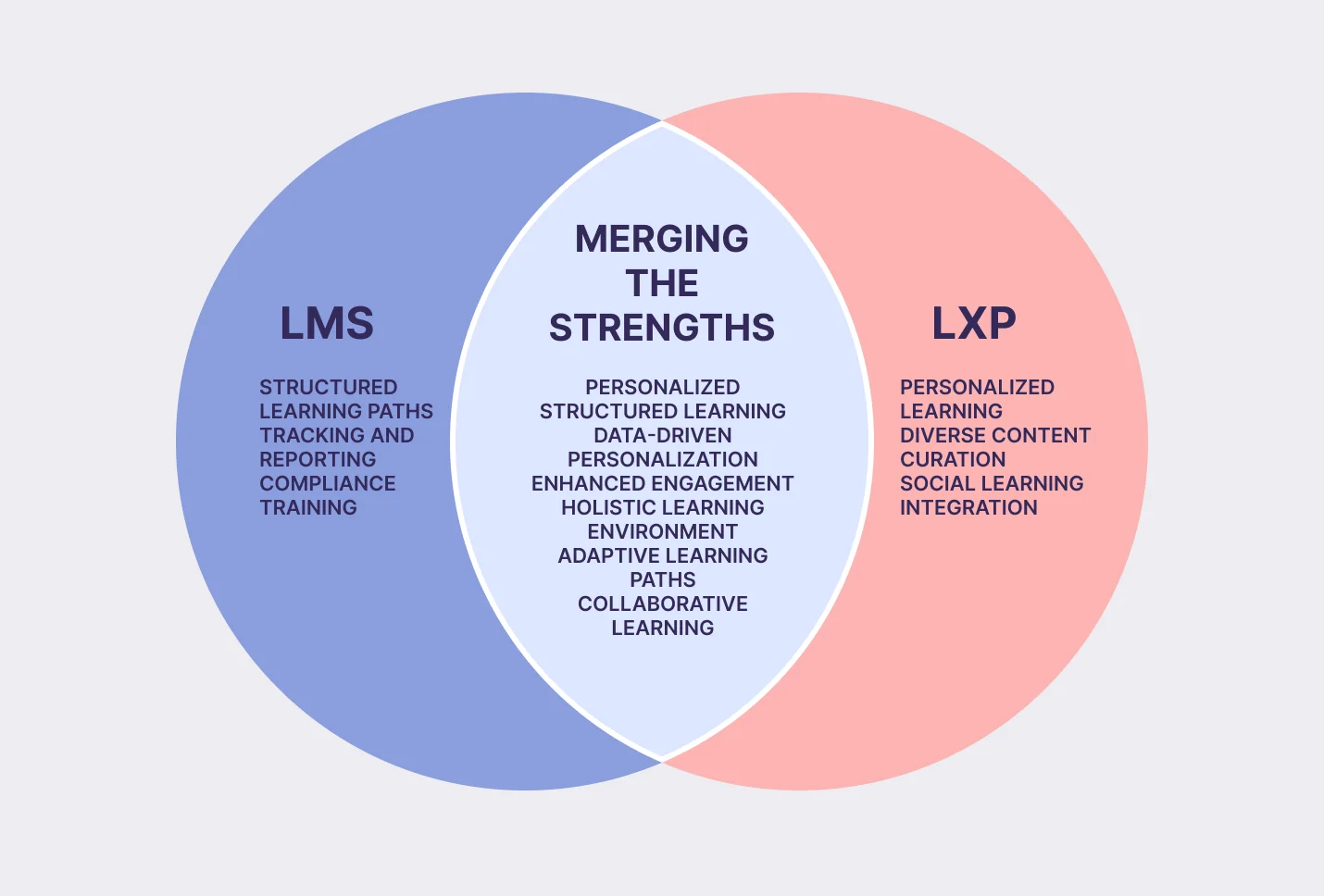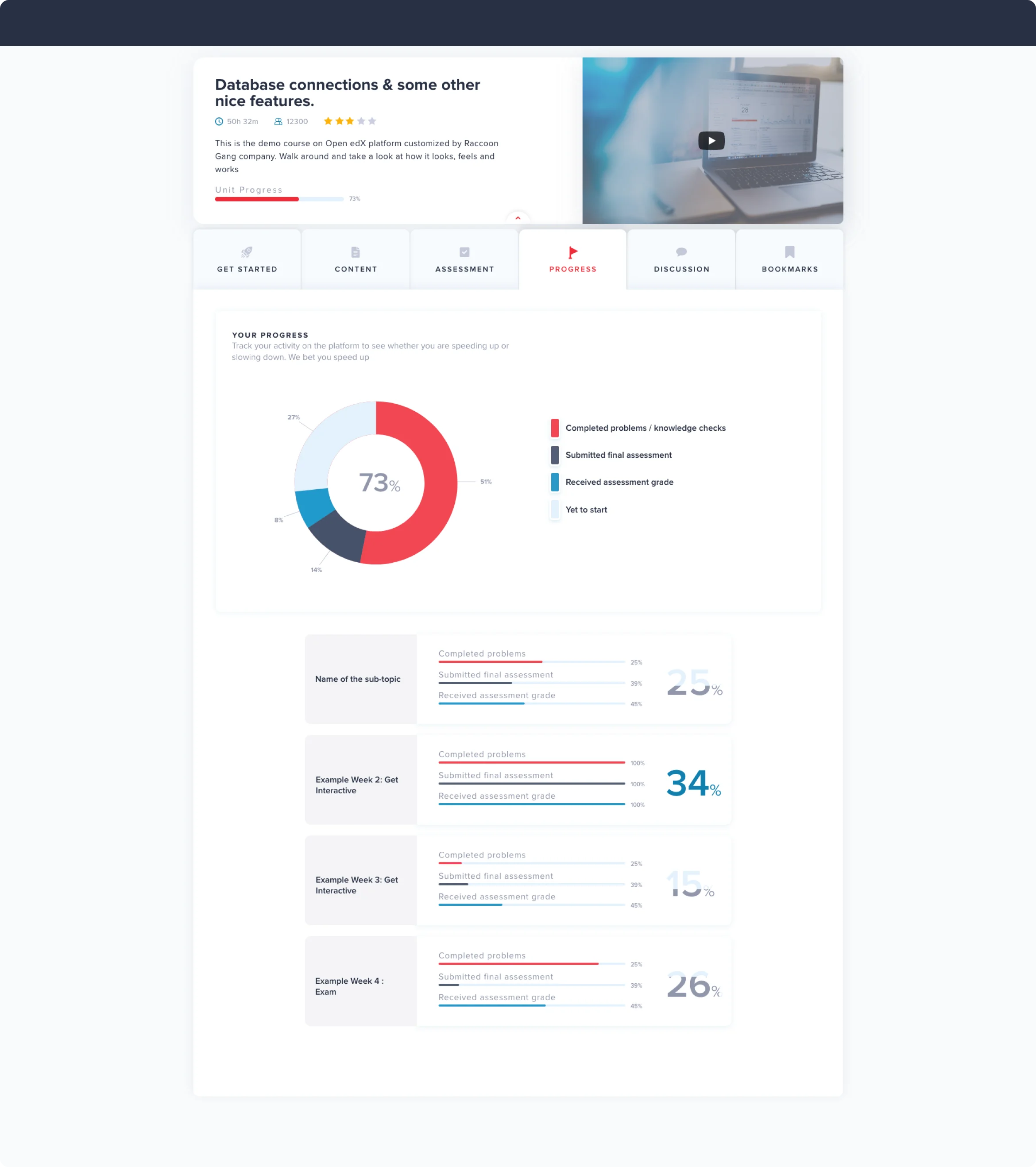We tried to clearly show the LMS vs LXP differences. Both systems have unique strengths depending on your training goals. So, let’s determine together what these goals might be and which system will cope with them better.
Why Organizations Need to Prioritize Employee Training and Development
What distinguishes top companies from mediocre ones? The answer is simple: the level of professionalism of their specialists. It’s like comparing the football clubs Real Madrid and FC Neighborhood. In both cases, football players compete, but the level of play is vastly different.
Of course, we can say that giants like Meta or Microsoft can afford to hire top players — the most expensive professionals in their fields. But that’s only part of the truth.
The other side of the truth is that you can always hire a mid-level specialist and train them to become experts. This approach saves money on hiring highly paid professionals while still enabling your company to develop top talent through training and development initiatives.
“While researching the LinkedIn Learning Workplace Learning Report, we weren’t too surprised to learn that since 2015, job skill sets have changed by around 25%. We also weren’t surprised to learn that this number is expected to double by 2027. We’re seeing this shift within Raccoon Gang company.” – Raccoon Gang’s Corporate Training Specialist
Additional Reasons for Prioritizing Employee Training and Development
- Skill Enhancement → Employees stay updated with industry trends, tools, and best practices.
- Retention and Engagement → Learning opportunities increase employee loyalty, as a mutually beneficial exchange works 9 out of 10 times.
- Adaptability → Training helps employees stay agile and adaptable in a rapidly changing market.
- Innovation → Well-trained employees apply more effective problem-solving approaches, driving innovation within the organization.
See how we helped the EBRD Policy Academy create a digitally accessible platform for training and development.
As a result, we set out to determine the best way to achieve these employee training benefits. So, who will win in the LMS vs LXP debate?
The next section compares the Learning Experience Platform and Learning Management System. Without further ado, let’s move on.
LMS and LXP. A Side-by-Side Comparison
In e-learning, both LMS and LXP coexist to handle different aspects of L&D initiatives. While LMS organizes and delivers content, LXPs underline the quality and personalization of the learning.
What is an LMS?
LMS stands for Learning Management System, a structured platform for training.
Think of your organization as a bustling city. An LMS, like a library, helps distribute learning materials to everyone in the city.
Key Features and Functions of LMS
- Course Management: Administrators can create, organize, and deliver learning content.
- Tracking and Reporting: Course owners can monitor learners’ progress, completion rates, and performance.
- User Management: Administrators can manage user roles, access permissions, and learning paths.
- Assessment and Evaluation: Quizzes, assessments, and evaluations make L&D initiatives more dynamic.
What is an LXP?
LXP stands for Learning Experience Platform, a personalized system for interactive learning.
If we think of an LMS as a giant library where vast amounts of knowledge are stored, an LXP, by comparison, is a lively marketplace. Visitors (learners) to this marketplace can choose what best suits their interests and ambitions: video materials, relevant articles, podcasts, various resources, etc.
As a result, an LXP is more learner-centric than a traditional LMS.
Key Features and Functions of LXP
- Content Curation: Aggregates diverse learning resources from multiple sources.
- Social Learning: Encourages collaboration through discussions, forums, and peer interactions.
- Personalization: Adapts learning paths based on user preferences and behavior.
- Insights Based on Data: Provides analytics to track engagement and performance.
Key Differences Between LMS and LXP
It isn’t easy to single out one main difference between LXP and LMS, as the platforms and their benefits overlap somewhat. Let’s highlight a few main areas where LMS vs LXP positions might differ.
The Philosophical Divide: Who’s in Control?
- LMS systems are mostly about administrative control. Such systems embody the classical academic approach to learning. For example, all courses here are clearly structured by roles and sequence. Administrators curate and push content to learners. And learners, in turn, just learn.
- LXPs, on the other hand, prioritize learner autonomy. Learners can even create their own content and share it on the platform, using the so-called knowledge sharing between colleagues.
Learning Approach: What Do Users Learn?
- LMS Perspective: LMS delivers structured, formal learning content. For mandatory training, compliance training, or certifications, learning systems offer all the necessary tools for skills improvement.
- LXP Perspective: LXPs are more flexible platforms, but only when it comes to informal and experiential learning. Learners, as platform users, are not confined by the framework of academic courses but learn directly about applied topics and do so side by side with colleagues, complementing and improving each other’s experience.
Content Types: What Do They Host?
LMS typically hosts structured and standardized content:
- Formal courses structured with specific learning paths
- Presentations and slideshows designed for educational purposes
- Assessments and quizzes for measuring learning outcomes
LXPs host a variety of content types:
- Video, tutorials, webinars, and interactive sessions
- Articles and industry-related insights, podcasts
- User-generated content
- Simulations and gamified content
Data Usage: How Do They Use the Data?
- LMS Perspective: LMSs use data for tracking and reporting. Administrators use the analytics collected by these systems specifically to monitor learner progress and performance. Analytics for LMSs can include course completion rates, assessment scores, and compliance metrics.
- LXP Perspective: LXPs use data to personalize learning experiences. They gather user interactions, preferences, and behaviors to recommend relevant content.
Skill Development: How Do They Approach Skills?
- LMS platforms focus on structured skill development. Every course here is aligned with job roles and predefined competencies.
- LXPs take a more holistic and flexible approach. While learners still acquire job-specific competencies, they also become part of a culture of continuous learning, which, in turn, fosters ongoing development within the company.
Social Learning: How Do They Compare?
- LMS Perspective: When it comes to social learning, LMSs continue to be themselves and offer clearly defined ways of interacting and communicating: discussion forums or collaborative assignments. Social learning is something secondary for such systems, although it is present among the tools.
- LXP Perspective: LXPs, in turn, are what is needed for collaboration, knowledge sharing, and peer-to-peer interaction. The goal of LXP is to build a complementary and mutually reinforcing knowledge base, as well as a community interested in it.
Combining the Strengths of LMS and LXP
Perhaps, while reading, you already had a question: Can I take the best of what LMS and LXP offer and get one solution? The answer will please you – yes!
It is like a golden ratio that perfectly balances the advantages of one and the other system.
The Benefits of Combining
| Benefit | Description |
| Enhanced Engagement | Combining structured content with diverse resources increases user participation. |
| Personalized Learning Paths | LMS tracking and LXP personalization create better learning experiences. |
| Holistic Learning Experiences | Blends formal courses, user-generated content, interactive modules, and social learning. |
| Data-Driven Insights | Integration enables comprehensive data analysis to optimize learning strategies. |
Examples of Successful LMS vs LXP Hybrid Solutions
- Onboarding and Training Programs. Streamlines new hire training with structured content.
- Skill Development and Upskilling. Combines formal courses with personalized learning paths.
- Compliance and Certification. Ensures regulatory compliance with interactive learning modules.
- Sales and Product Training. Enhances product knowledge through diverse learning resources.
- Continual Professional Development. Supports ongoing learning with adaptive training programs.
- Creating Learning Communities. Encourages collaboration and knowledge sharing among peers.
Case Study
Explore our case study featuring a project for one of our partners, where we developed a scalable platform that integrated:
- Career platform
- Learning planner
- Student record system
- E-commerce solution
- CRM
Conclusion
So, as we have seen, the difference between LMS and LXP primarily lies in the approach to learning — who, how, and why you teach, as well as the methods you use. Your learning approach will ultimately determine which system is the better fit.
Secondly, the difference comes down to strengths — or, if you’re considering integrating both systems, a blend of strengths. What functionality do you want to achieve after implementation?
Key Takeaways
- Diversity vs. Structure: LXP is mostly about a personalized experience in the interests of an individual specialist, role, or team. A corporate LMS provides structured, focused learning in the global interests of the organization as a whole.
- Personalization and Engagement: LXP focuses its attention on the individual development of the learner. On the other hand, an LMS guarantees unification and compliance.
- Integration Strength: Combining LMS and LXP strengths results in a comprehensive learning ecosystem.
In fact, both systems are quite versatile and can be adapted to a specific customer. Contact top corporate training companies to help you develop a suitable solution for your organization.







